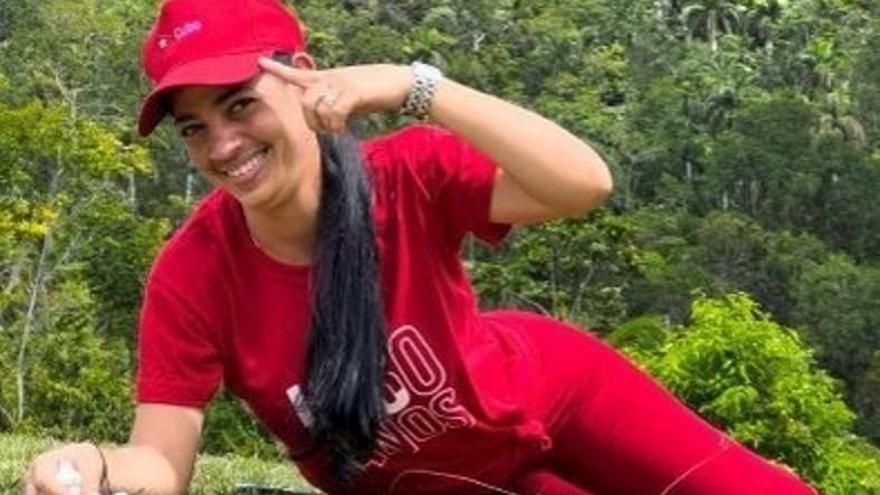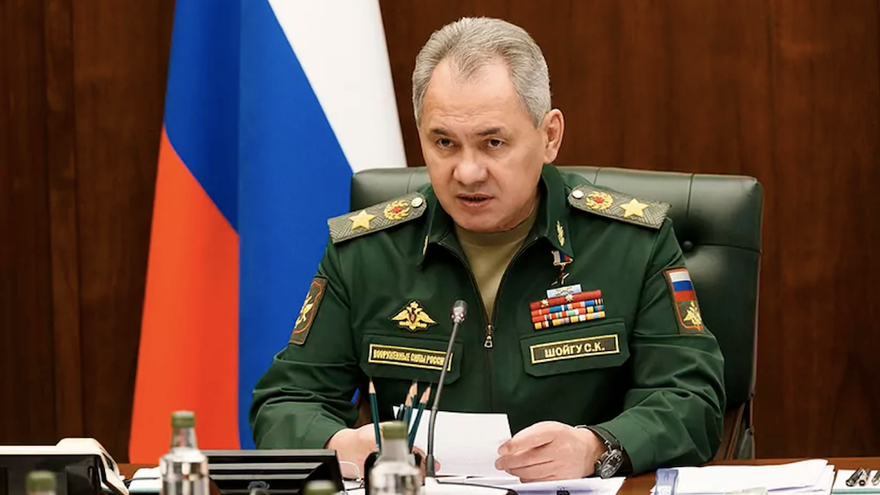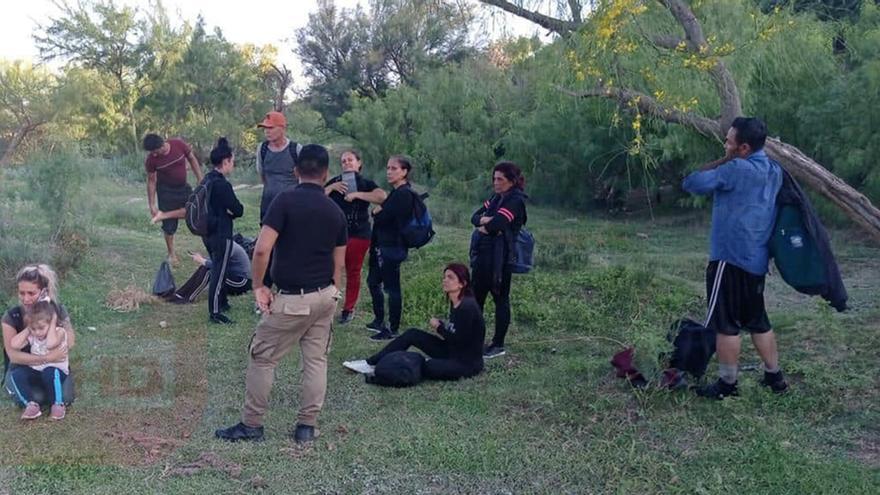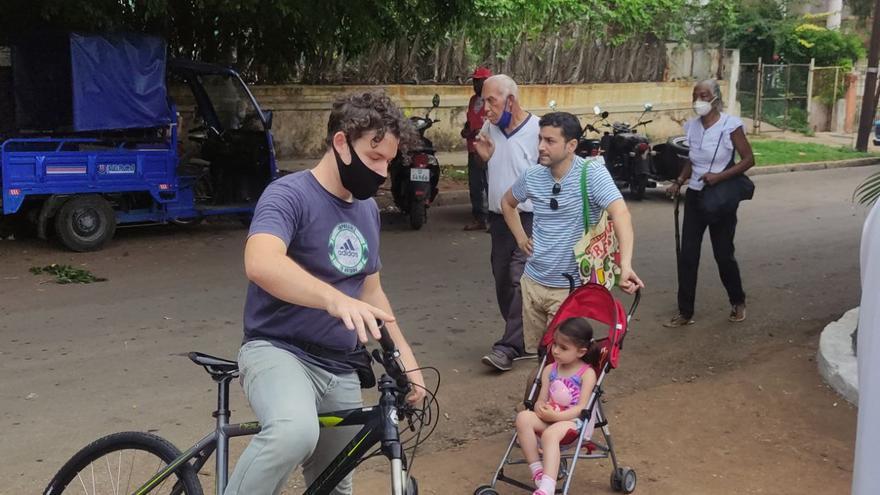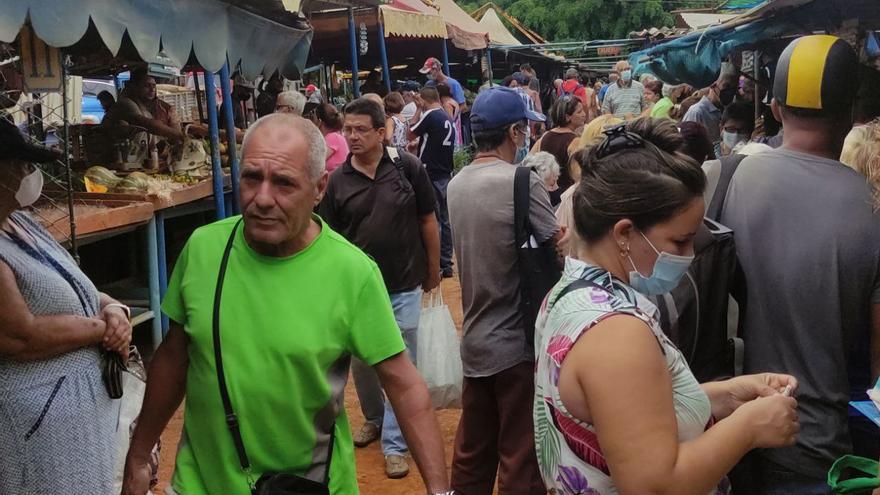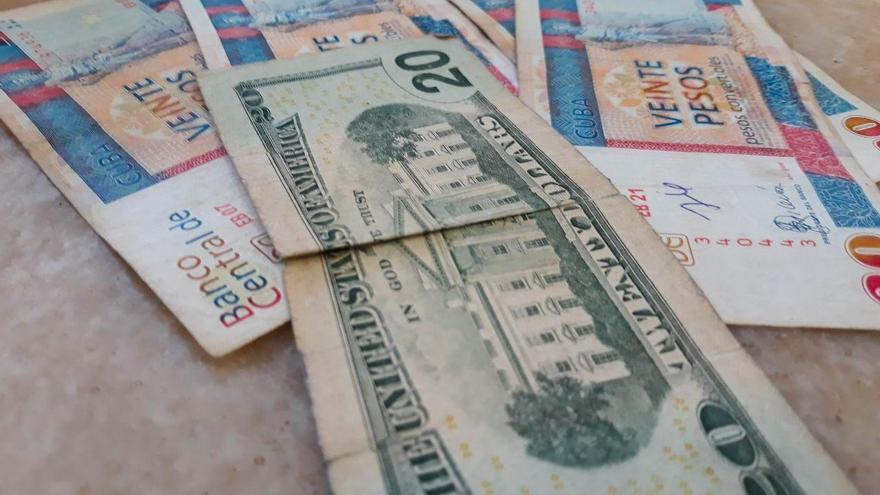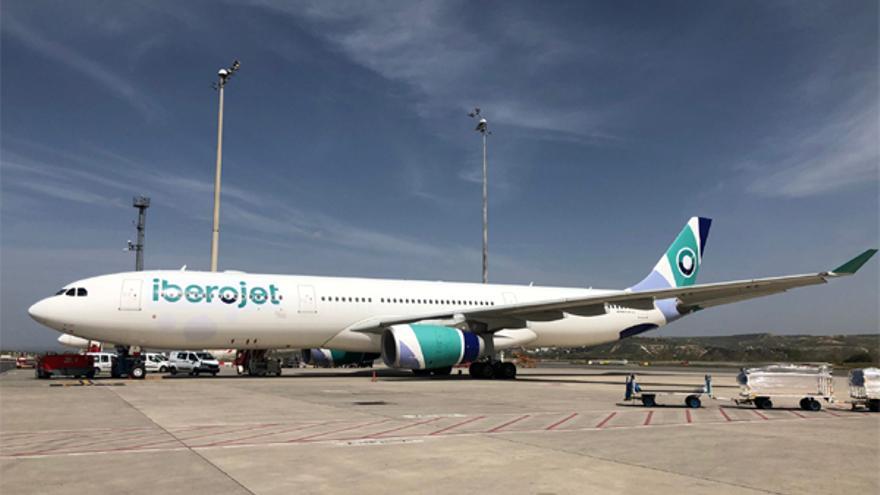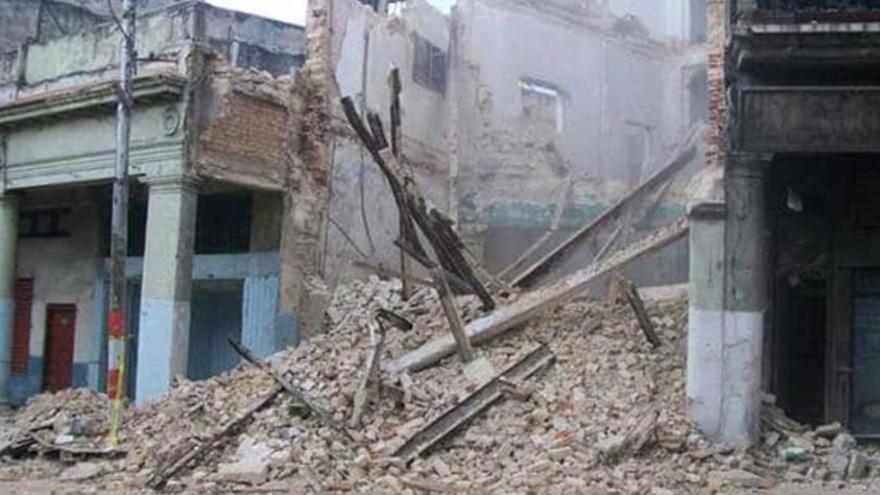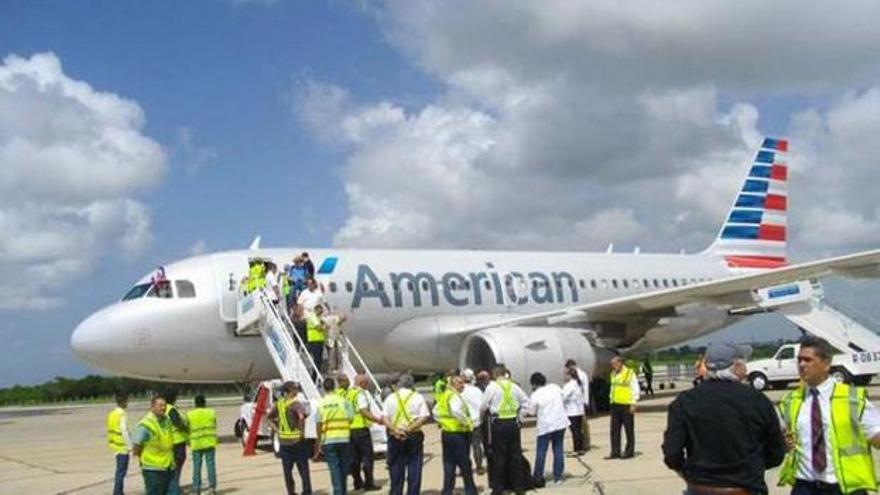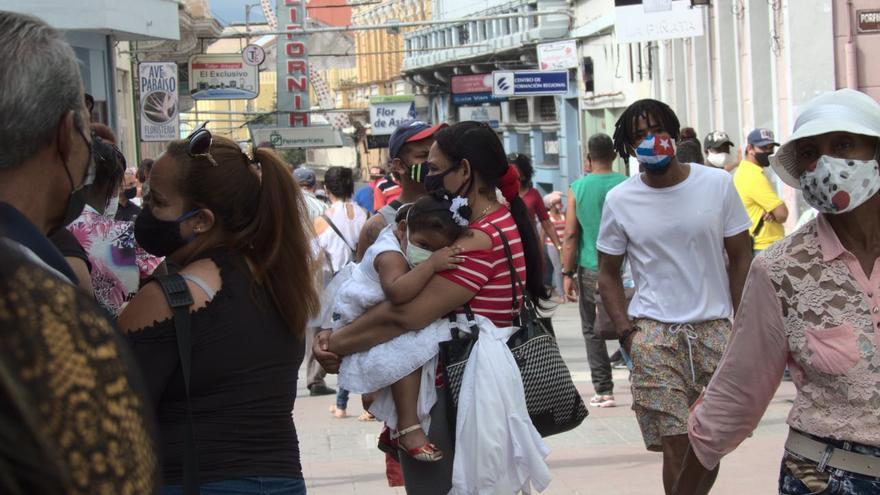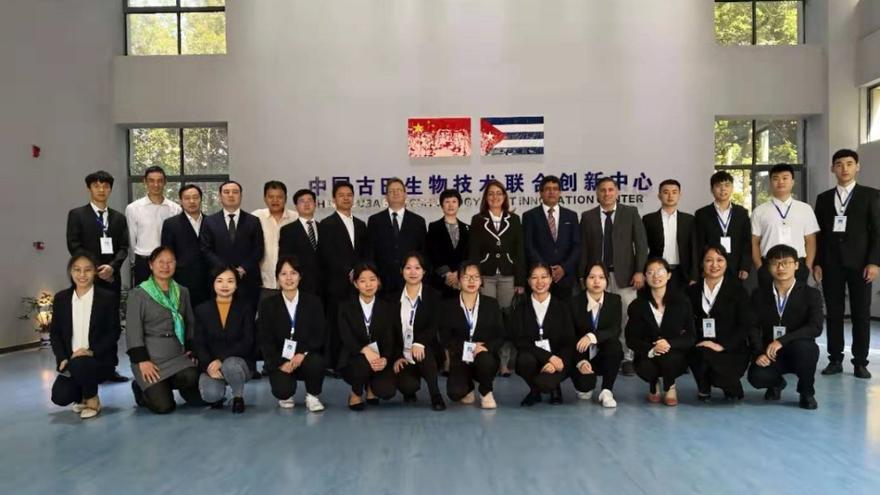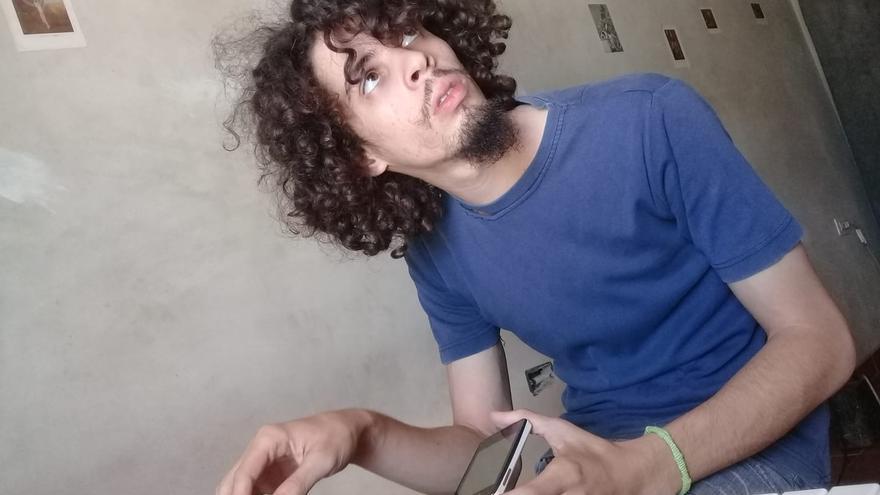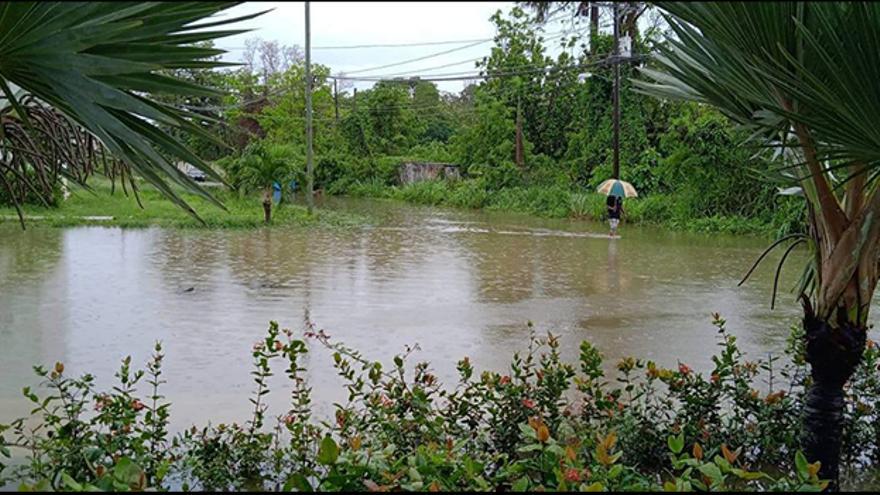To date, the government of President Joe Biden has avoided publishing the list of guests for the event, which will take place from June 6 to 10, amid warnings from countries such as Mexico, Honduras and some territories of the Caribbean Community (Caricom), which could boycott the summit due to absences.
Washington has been categorical regarding the non-participation of Venezuela and Nicaragua, and has been lukewarm about that of Cuba, despite the fact that in recent weeks it has resumed contacts with Havana on migration and has withdrawn some sanctions on Caracas to facilitate dialogue with the opposition.
Atlantic Council expert Jason Marczak, who directs the Adrienne Arsht Center in Latin America, a laboratory of ideas, told EFE that it would have been “very difficult” for the United States to invite the presidents of Venezuela, Nicolás Maduro, and Nicaragua, Daniel Ortega.
In his opinion, these two rulers are not interested in working together with other nations to reach an immigration agreement, since they carry out actions that destabilize the continent. continue reading
Therefore, it makes more sense to Marczak for Washington to promote a pact with the countries receiving migrants in order to coordinate their policies on this matter.
“Migrants and refugees leave Nicaragua and Venezuela, not because of Maduro’s or Ortega’s immigration policy, but because of political and legal repression and the economy,” said the analyst. Neither Maduro nor Ortega will modify the actions that cause citizens to leave their countries.
Meanwhile, in the absence of confirmation of attendance at the summit of a Cuban delegation, the US expert remarked that for some countries in the region it has been “a priority” to promote the participation of “some level of the Cuban Government.”
Given the lack of clarity on the part of Washington, the Cuban Government seems to have removed itself. The president himself, Miguel Díaz-Canel, said last week that he would “in no case” participate in the summit.
The possibility of a second-tier government delegation or a representative of Cuban civil society coming to Los Angeles has been fading as the date approaches.
The Cuban regime prevented activist Saily González from attending the IX Summit of the Americas to which she was invited as a representative of Cuban civil society. She let her know through her family that she could not pick up her visa at the U.S. Embassy in Havana, and State Security summoned her to remind her that she had an open criminal investigation against her.
The activist Aimara Peña was informed that “no one would participate” in the IX Summit of the Americas. As she denounced this Saturday on her social media, State Security “did not allow me to travel to Havana and kept me imprisoned in a dirty dungeon after threatening me.”
The final Cuban slamming of the door came with the recent celebration in Havana of a summit of leaders of the Bolivarian Alliance of the Peoples of Our America (ALBA), which included Cuba, Venezuela and Nicaragua, its main members, who could puff out their chests in the face of exclusion.
For Mexican academic María Cristina Rosas, of the National Autonomous University of Mexico (UNAM), the Biden Administration has put itself in a predicament no matter what final decision it makes.
“Biden is on bad terms with God and the devil: the Republicans and a part of the Cuban community in the United States. On the other hand, he is giving many weapons to Cuba to continue blaming him for the evils there,” she said in an interview with EFE.
In the same vein, former Cuban diplomat Carlos Alzugaray pointed out Washington’s position as a mistake. “There’s no middle ground with Cuba. (Barack) Obama realized it perfectly. (Bill) Clinton paid dearly for having tried to swim between two waters,” he argued in statements to EFE.
In his opinion, the United States is reoffending with the veto on “failed policies” and diverting attention from the important problems of the region: “That is not convenient for anyone,” he said. Rosas highlighted at this point the “power” of the Cuban-American lobby, which she considers to be the “best” among Hispanic communities in the United States when it comes to influencing the country’s foreign policy.
Alzugaray said that Cuba is being harmed by not being able to participate in the hemispheric forum, but at the same time it benefits politically from exclusion, because of the regional support it has gathered — especially from Mexico — and the demonstration of Washington’s “inefficiency.”
He also pointed out that Cuban migration to the United States — which has increased significantly in recent months — is an issue that can be discussed in a regional forum, but one that must be addressed bilaterally.
The self-exclusion that Cuba seems to have chosen was not an option for Venezuela and Nicaragua, since the White House made the resounding and irrevocable decision not to include them in the list of invited countries.
Of the three, Ortega was the one who showed the greatest disinterest in participating in the summit and downplayed the event that — he believes — “does not exalt anyone.”
“We have to make ourselves respected, we can’t be asking the Yankee, begging him to go to his summit. We are not inspired by his summit,” Ortega argued on May 18 during a government event in Managua.
However, Maduro is convinced that his voice will be heard in Los Angeles, “whatever the host says,” whom he despises, by disavowing his will and ensuring that the marginalized will also be there.
“Whatever happens in Washington, the voice of Venezuela, the voice of Cuba and the voice of Nicaragua will be heard in Los Angeles in the great protests of the people and our voices will be in that room (…) we will be there with our truth,” the president said on May 24 in Caracas.
As Benigno Alarcón, director of the Center for Political Studies of the Andrés Bello Catholic University, explained to EFE, it’s most likely that Maduro’s words hide the plan to organize protests in Los Angeles, in parallel with the summit, as both Venezuela and Nicaragua did on previous occasions.
“What they’re going to try to do is what they’ve done on other occasions, which is to fund some groups to protest at the place where the summit is held. They’ve done it other times and under other circumstances. They’ve funded groups that join a protest,” Alarcón said.
But neither the absence of these countries nor the demonstrations that can be organized around the summit will overshadow, in his opinion, the plan to promote a migration pact, as contemplated in the official agenda. On the contrary.
For Alarcón, it must be the countries that receive migrants from the three excluded nations, with the United States at the head, that must address any issue that has to do with the agreement, so it will not matter that those countries are absent.
Those who have to agree on that pact are the recipient countries, to see how many each receive and how they can help, and what capacity each country has to receive and other issues of interest in this matter,” said the Venezuelan expert.
Translated by Regina Anavy
____________
COLLABORATE WITH OUR WORK: The 14ymedio team is committed to practicing serious journalism that reflects Cuba’s reality in all its depth. Thank you for joining us on this long journey. We invite you to continue supporting us by becoming a member of 14ymedio now. Together we can continue transforming journalism in Cuba.
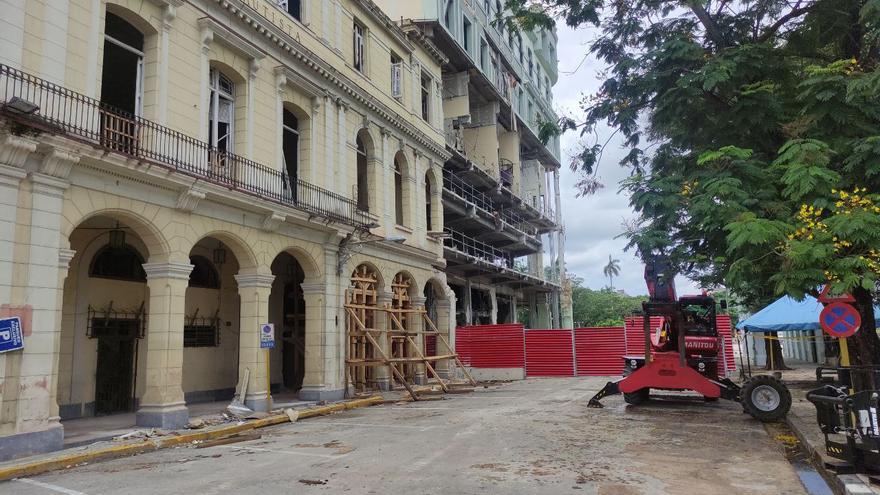
![]() 14ymedio, Juan Diego Rodríguez, Havana, 6 June 2022 — Still surrounded by a strong police operation and with metal fences to prevent the passage of pedestrians and vehicles, the deteriorated structure of the Saratoga Hotel continues to remind everyone who approaches about the explosion of a month ago that destroyed part of the building and claimed the lives of 46 people.
14ymedio, Juan Diego Rodríguez, Havana, 6 June 2022 — Still surrounded by a strong police operation and with metal fences to prevent the passage of pedestrians and vehicles, the deteriorated structure of the Saratoga Hotel continues to remind everyone who approaches about the explosion of a month ago that destroyed part of the building and claimed the lives of 46 people.
